Search Images
Browse Content (p. 668)

Image
Virginia of Sagadahoc Being Reconstructed
The Virginia of Sagadahoc, originally built by the colonists of the Popham Colony (1607-8 CE) being reconstructed by the Maine’s First Ship project. Photo taken in 2014 CE.
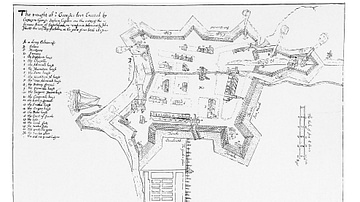
Image
Plan of Fort St. George
Illustration from page 120 of 'The beginnings of colonial Maine, 1602-1658' by Henry S. Burrage, 1914 CE
Cornell University Library
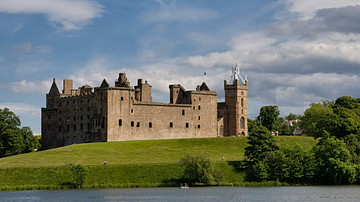
Image
Linlithgow Palace
Linlithgow Palace, Scotland, rebuilt by James I of Scotland (r. 1406-1437).
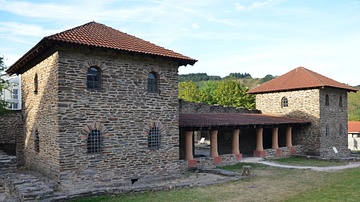
Image
Mehring Villa Rustica
The Roman Villa Mehring is a partial reconstruction of a villa rustica (countryside farm) in in Mehring near Trier in Germany. The building was erected in the first half of the 2nd century CE and was enlarged in the 3rd and 4th centuries...

Image
Longuich Villa Urbana
The Roman Villa Longuich is a partial reconstruction of a villa urbana in Germany near Trier. The villa was built in the 2nd century CE and was 110 metres (360 ft) by 28 metres (91 ft) in size. However, only a small part of it has been excavated...
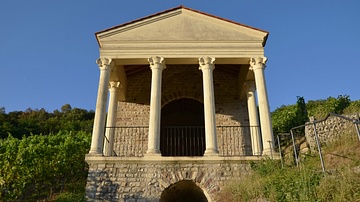
Image
Reconstructed Roman Grave Temple (Grutenhäuschen)
The Grutenhäuschen is a partially reconstructed Roman grave temple located in a vineyard slope near Igel on the Moselle in southwestern Germany. This funerary monument from the 3rd century CE was restored on the remains of the original burial...
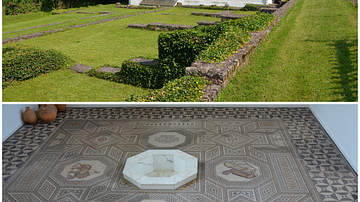
Image
Roman Villa Nennig
Located in the village of Nennig in the delightful Upper Moselle Valley, the Roman Villa Nennig (German: Römische Villa Nennig) houses a richly illustrated gladiatorial mosaic, one of the most important Roman artefacts north of the Alps...
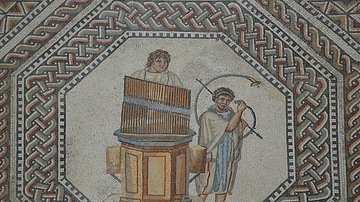
Image
Mosaic with Organist and Horn Player
Octagon from a 3rd century CE depicting an organist and a horn player. The beginning and end of the Roman games (ludi) were often accompanied by music. The mosaicist has depicted the water organ (hydraulis), known in the ancient world since...
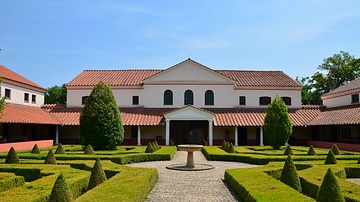
Image
Roman Villa Borg
The Roman Villa Borg is a reconstructed Roman villa located near the village of Borg in Saarland, Germany. The villa consisted of three wings covering an area of more than 7.5 hectares, with an agricultural facility including a large palatial...

Image
Easter Eggs
A pysanka is a Ukrainian Easter egg, decorated with traditional folk designs ornaments using a wax-resist (batik) method.